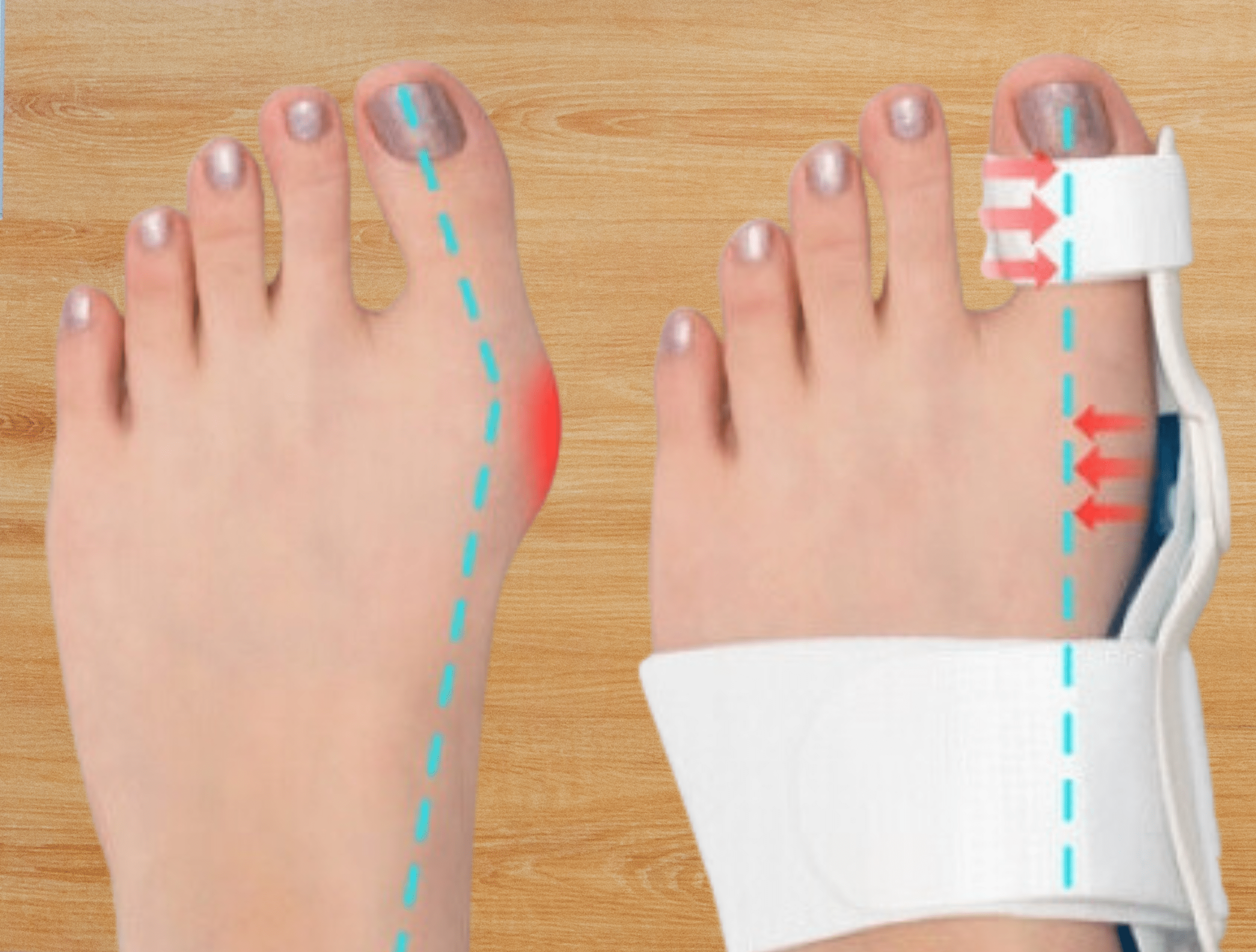Deformity Correction

Deformity correction surgery is a specialized field within orthopedic surgery that focuses on correcting structural abnormalities or deformities in the musculoskeletal system. These deformities can result from various causes, including congenital conditions, growth disorders, trauma, or progressive musculoskeletal diseases. Deformity correction procedures are aimed at improving the patient’s function, mobility, and overall quality of life.
Types of Deformity Correction Surgery
Osteotomy: This involves surgically cutting and repositioning a bone to correct angular deformities. Osteotomies can be performed on various bones in the body, such as the femur, tibia, or foot, to correct conditions like bowlegs or knock-knees.
Spinal Deformity Surgery: Spinal deformities like scoliosis or kyphosis may require spinal fusion surgery, which involves the fusion of two or more vertebrae to stabilize the spine and correct the curvature.
Limb Lengthening: For individuals with limb length inequalities, limb lengthening procedures use external fixation devices to gradually lengthen the bone over time, restoring balance.
Joint Realignment: Joint deformities, such as hip dysplasia or clubfoot, can be corrected through joint realignment procedures that reposition the joint to improve function.
Soft Tissue Release: In some cases, soft tissue release surgeries are necessary to correct muscle or tendon contractures that contribute to deformities.
Treatments for Deformity Correction Surgery
The specific treatment for deformity correction depends on the nature and location of the deformity. It often includes the following steps:
Preoperative Planning: Thorough evaluation, including imaging studies like X-rays, CT scans, or MRI, helps surgeons plan the surgical approach and determine the extent of correction required.
Surgical Intervention: Surgeons perform the chosen procedure, which may involve bone cutting, repositioning, or realignment, or the use of external fixation devices.
Postoperative Care: This includes pain management, monitoring for complications, and ensuring that patients understand postoperative restrictions and rehabilitation plans.
Risks and complications
Infection: Surgical site infections can occur, requiring treatment with antibiotics.
Bleeding: Deformity correction surgeries can involve significant blood loss, necessitating blood transfusions.
Nerve or Vascular Injury: There is a risk of damaging nearby nerves and blood vessels during surgery, which can lead to complications.
Hardware Complications: The hardware used for fixation may cause issues such as irritation, loosening, or breakage.
Scarring: Surgical incisions may result in visible scars, which can vary in size and appearance.
Recovery and Rehabilitation
Immediate Postoperative Care: Patients typically spend time in the hospital for monitoring, pain management, and wound care.
Mobility Rehabilitation: Physical therapy is a critical component of the recovery process, helping patients regain strength, mobility, and function.
Assistive Devices: Patients may require crutches, walkers, or orthotic devices to aid in mobility and balance during the rehabilitation period.
Pain Management: Medications may be prescribed to manage pain and discomfort during recovery.
Long-term Outcomes
Functional Improvement: The primary goal of deformity correction surgery is to improve function and mobility, allowing patients to engage in daily activities more comfortably.
Quality of Life: Successful deformity correction can enhance a patient’s overall quality of life by relieving pain and improving their physical appearance.
Adaptive Strategies: Some patients may need to make lifestyle adaptations, including changes to their living environment, to accommodate their condition.
Psychological Well-Being: Deformity correction can positively impact a patient’s self-esteem and mental health, reducing the psychological burden of living with a deformity.

